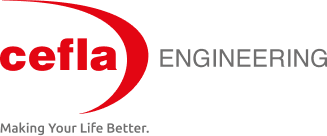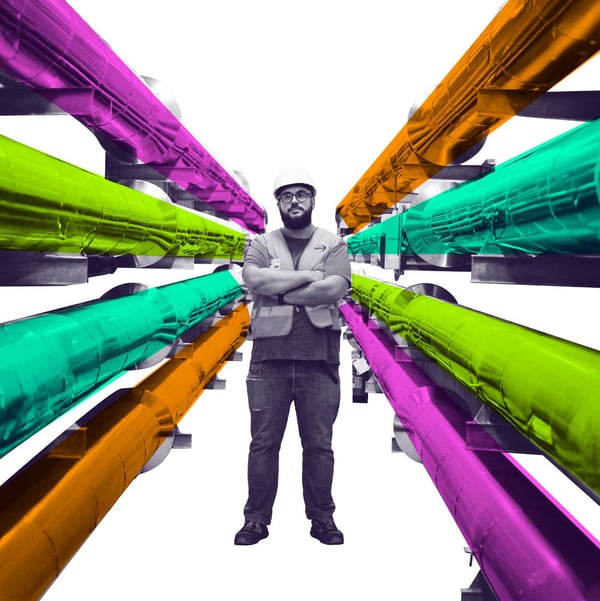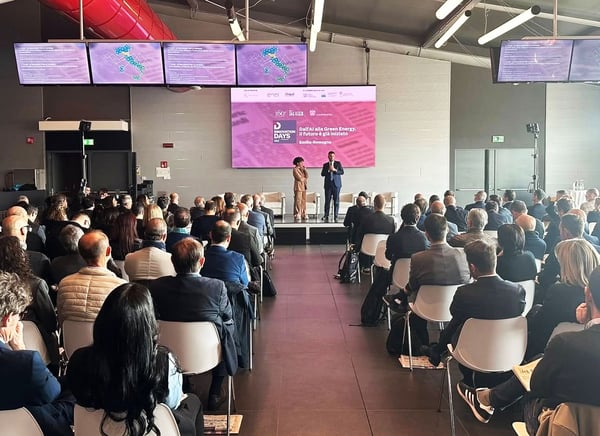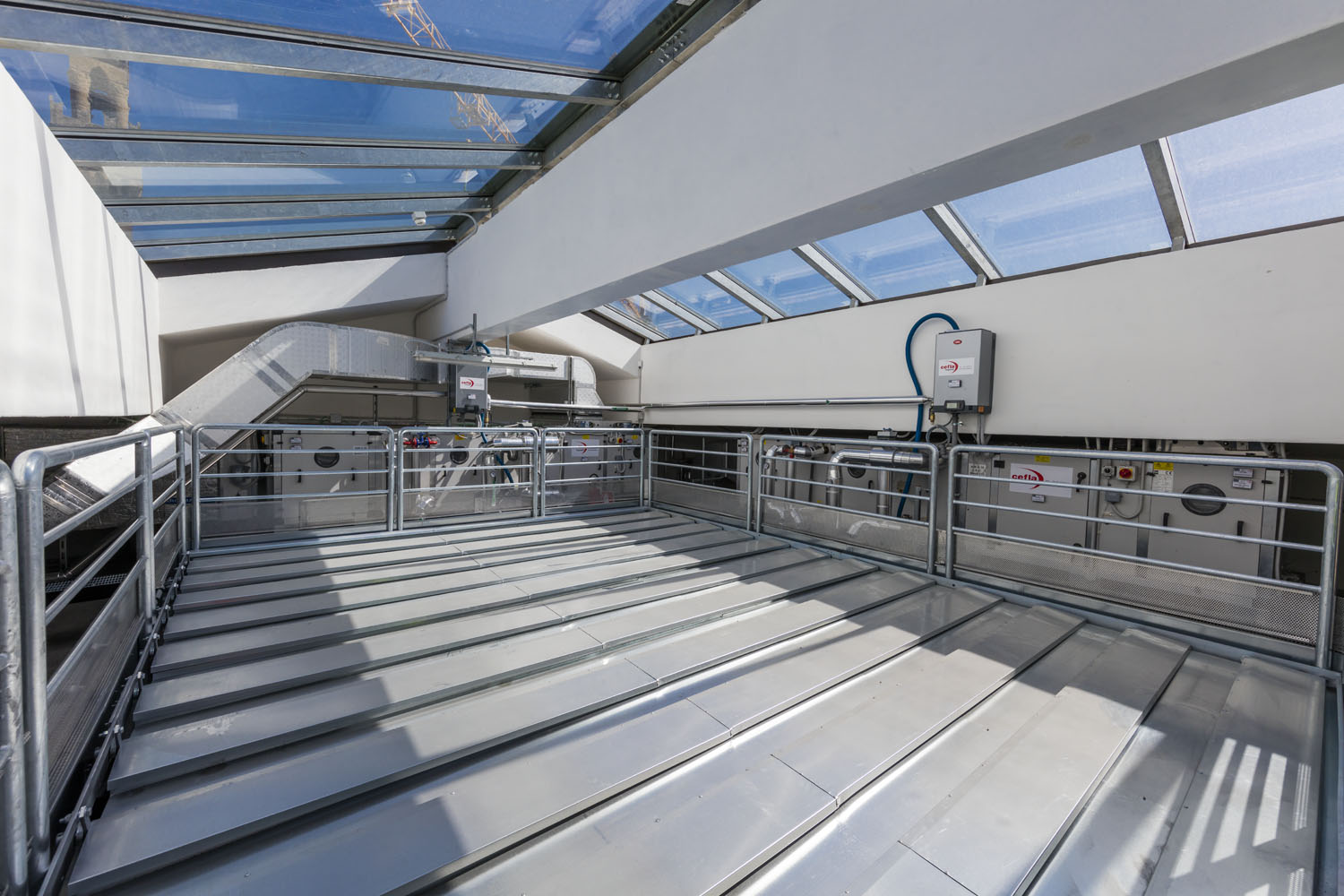Many people wonder whether it is possible to be sustainable and profitable at the same time.
The answer is yes.
Cefla and Mipu are offering a series of free webinars to tell how properly designed or revamped plants can at the same time provide greater economic profit as well as a positive environmental impact.
Energy efficiency: how to predict and contain costs and consumption.
Following the Sustainable Development Goals of the 2030 Agenda, Cefla and Mipu have been working on solutions for containing energy costs and consumption, a hot topic these months, which will be addressed on Dec. 1, 2022 at h. 9.
- How energy costs and consumption can be monitored and especially predicted even in highly variable contexts.
- how to use energy as a signal to intercept malfunctions and waste - what actions companies can implement immediately, without further investment, with the data they already have.
Curbing energy consumption, in addition to being a business imperative, is one of the key measures in the fight against climate change (SDG 13).
Unless stronger mitigation actions than currently envisioned are put in place, it is estimated that due to climate change, the drop in GDP for G7 countries will be twice as large by 2050 as experienced during the pandemic and, what is worse, there will be no recovery or rebound at all.
On the strength of its 90-year history, Cefla has made it a priority to develop solutions that can create a breakthrough in the too-slow fight against climate change and has seen the scale-up Mipu as the ideal partner to speed up the process.
Water management
Civil pollutant loads undergo at least secondary treatment to the extent of 59.6 percent of potential.
The percentage is 64.6 percent in the Northwest, lower percentages in other parts of Italy with differences from region to region.
During the webinar, Cefla and Mipu specialists will share their experiences to:
- Improve water quality and wastewater treatment, reducing pollution;
- Improve water use efficiency;
- Implement integrated water resource management systems;
- Protect and restore water-related ecosystems (mountains, forests, wetlands, rivers, aquifers and lakes).
The predictive factory. Clean industry and combating waste.
The predictive factory is a factory where there are savings between 15% and 40% in energy and maintenance costs due to energy performance analysis and digitization of maintenance activities. A factory in which an 80% reduction in breakdowns is achieved due to the prediction of the actual useful life of machinery and components and a 30% reduction in unplanned downtime.
The third webinar will address the topic of the predictive factory, i.e. a factory that is efficient and sustainable because it is able to reduce energy waste and make efficient use of raw materials. In this scenario, technology is crucial. During the webinar we will delve into the potential of AI with a concrete case study: the application of AI in production cycles in electroplating tanks. This is a particularly challenging project that aims to reduce water and energy consumption.
The predictive factory is certainly an environmentally friendly factory, because it can reduce energy waste and make efficient use of raw materials while contributing to the reduction of CO2 emissions.
The economic and environmental spheres are not the only ones to benefit from the predictive solutions created by the Cefla/Mipu team: the social sphere could also reap considerable benefits. In a predictive factory, workers are integrated into the processes, supported in their activities and involved in the company's growth process.
The predictive worker feeds artificial intelligence with what is seen in the field, provides the necessary human input, and participates in a process of which he or she is a key component.
Cefla and Mipu's roadmap aims to accompany companies on their journey from as-is situation studies to solution implementation. The first step is to identify the aspects on which to intervene as a priority based on a study of costs and areas of high potential for improvement. This first step is then followed by a fundamental process of internal change awareness based on human, economic and environmental aspects.
These first steps are instrumental to introducing the second element of the roadmap, namely technology. Cefla and Mipu make plants predictive through C-Platform, a modular software platform in which each module, with its specific functionalities, contributes to the creation of a sustainable factory by capturing and organizing data, managing maintenance, optimizing energy performance, and making AI easy to use. In this way, Cefla and Mipu help leverage the domain expertise already possessed by the client company to support Artificial Intelligence. Artificial Intelligence then becomes a tool for making its processes efficient, making production sustainable, and achieving specific goals.
Published on July 04, 2025





